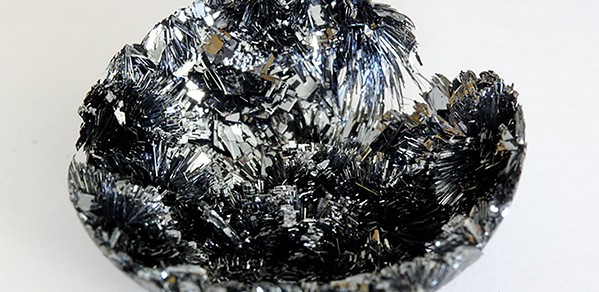Developed by a team at the university’s Graphene Centre, the ink is made from black phosphorous (BP), a two-dimensional material similar to graphene.

Working with reserachers at Imperial College London, Finland's Aalto University, and China's Beihang and Zhejiang Universities, the group carefully optimised the chemical composition of BP to achieve a stable ink through the balance of complex and competing fluidic effects. This enabled the production of new functional laser and optoelectronic devices using high-speed printing.
According to the group, due to the BP ink drying rapidly, the final print quality of the devices made – a laser and a photodetector – is of a high quality and uniformity.
BP contains useful properties for electronic and optoelectronic devices, including a semiconductor band gap that can cover the visible and near-infrared region of the electromagnetic spectrum.
Guohua Hu, lead author of research published in Nature Communications, said: “Our ink formulation enables highly uniform inkjet printing which does not degrade in the ambient environment, bringing large arrays of 2D material-based light sensors closer to reality.
“The formulation represents a significant scientific and technical achievement in terms of using this BP material for future applications. The functional ink, containing very small ‘flakes’ of BP, allows us to print on a wide variety of substrates, including plastic, which remains stable for a prolonged period.”
As part of the research, the team also demonstrated the ability of BP to act as an efficient and highly-responsive detector of light, extending the wavelength range beyond what is currently achieved by conventional silicon-based photodetectors.




Comment: Brute force can not solve autonomy challenge
My brother has lost his licence in his forties due to an eye problem and he'd quite like a self driving car.